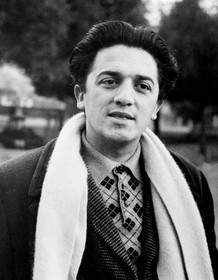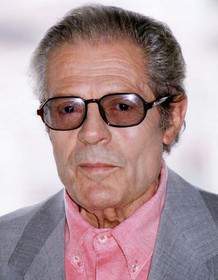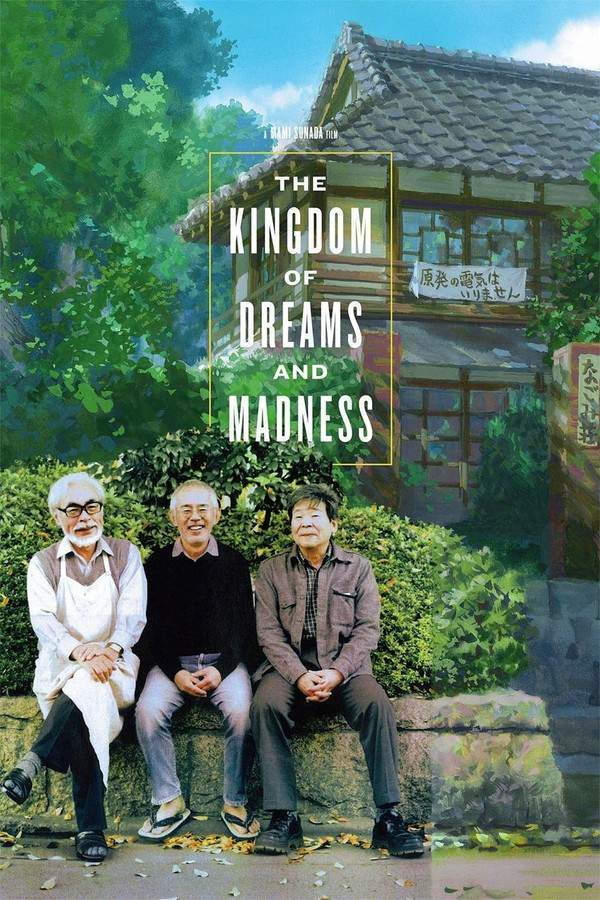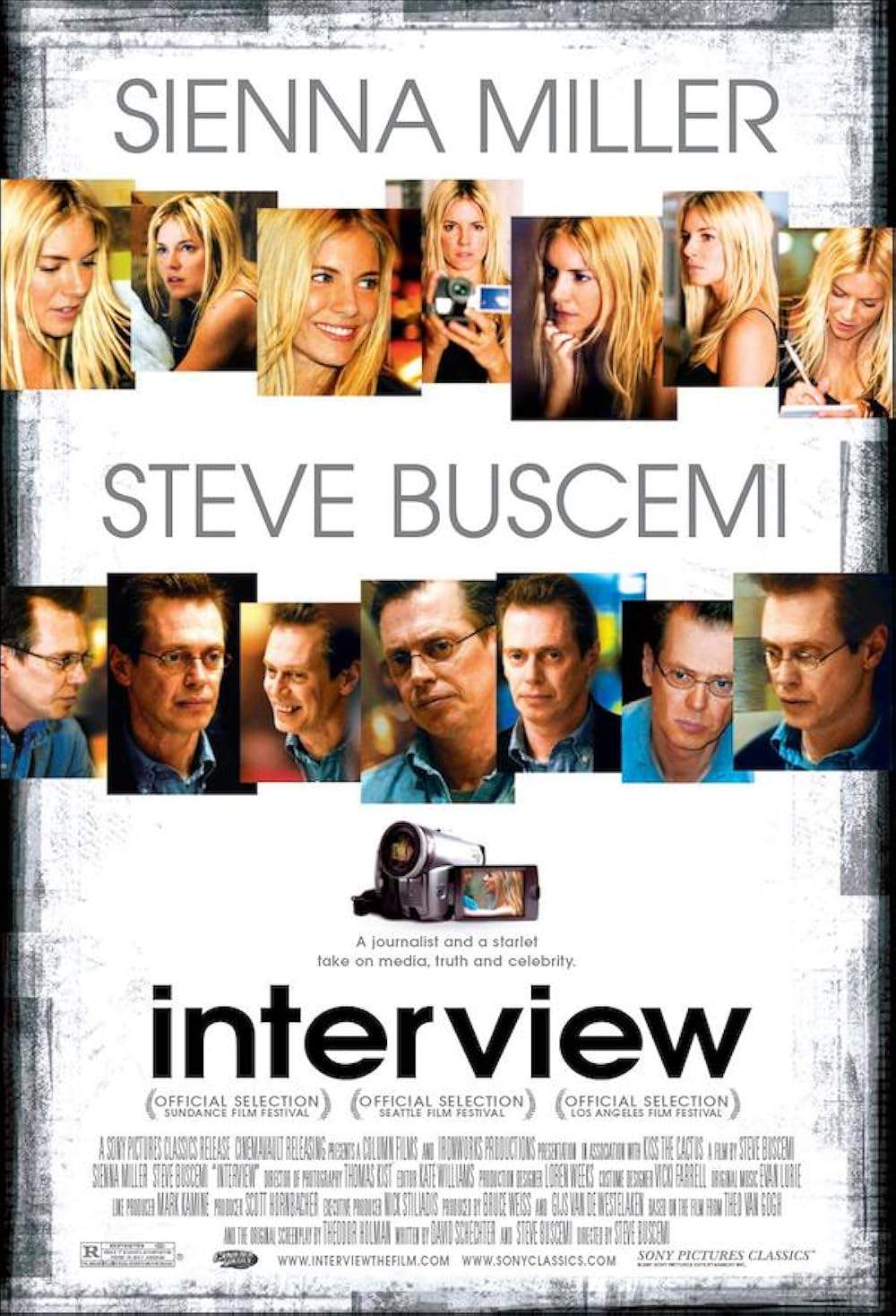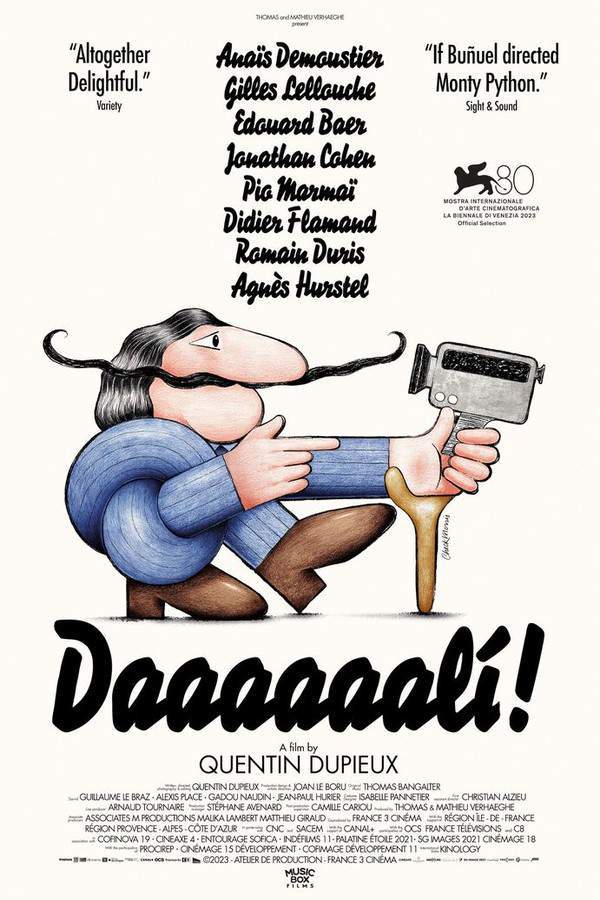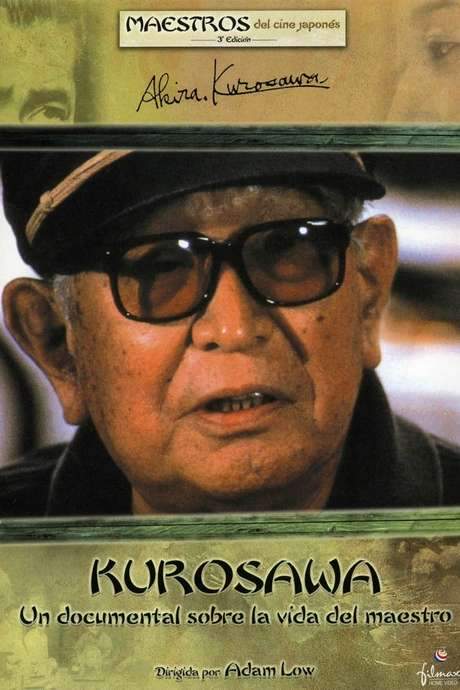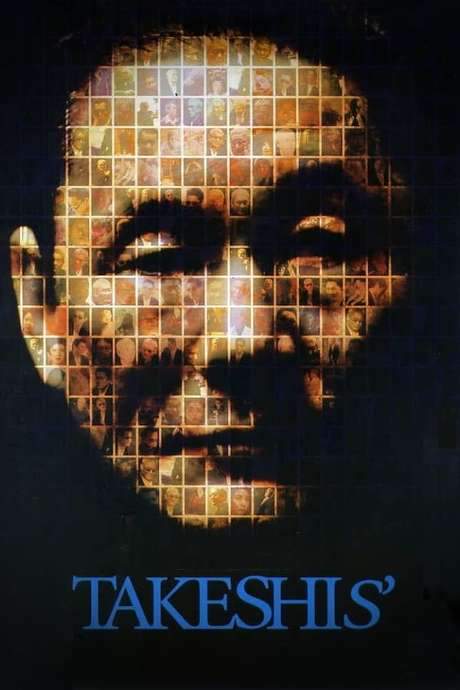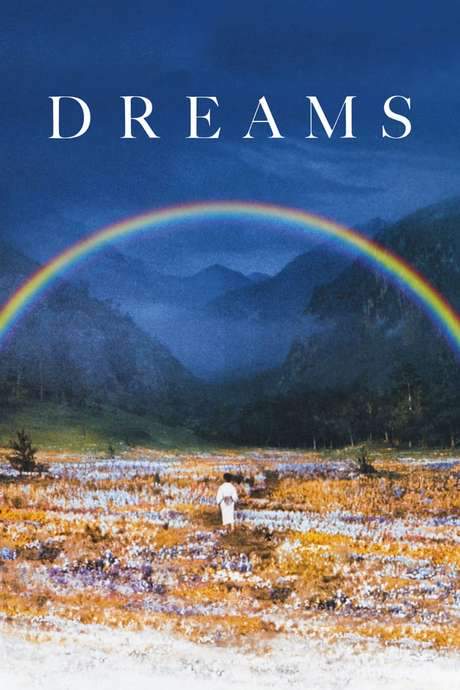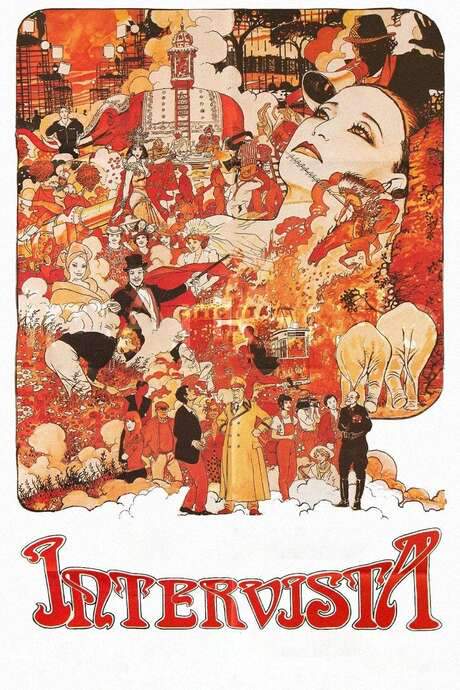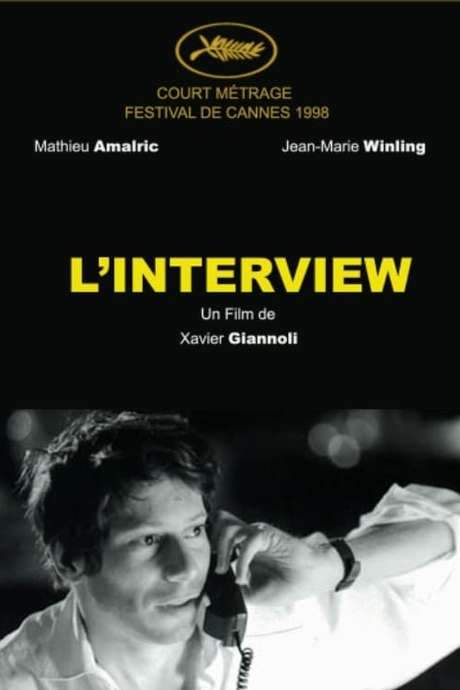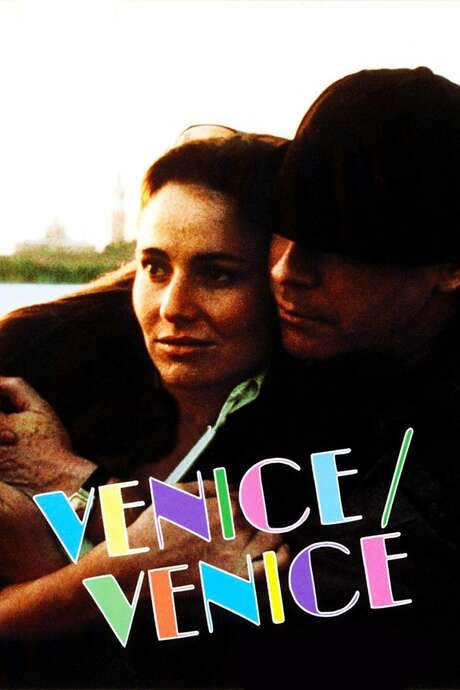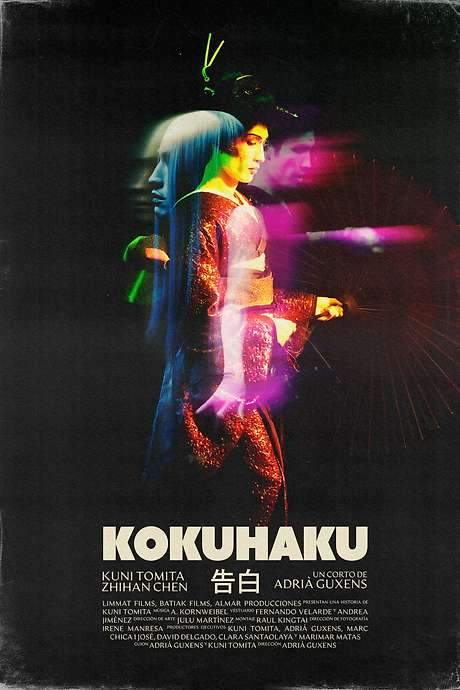Intervista 1992
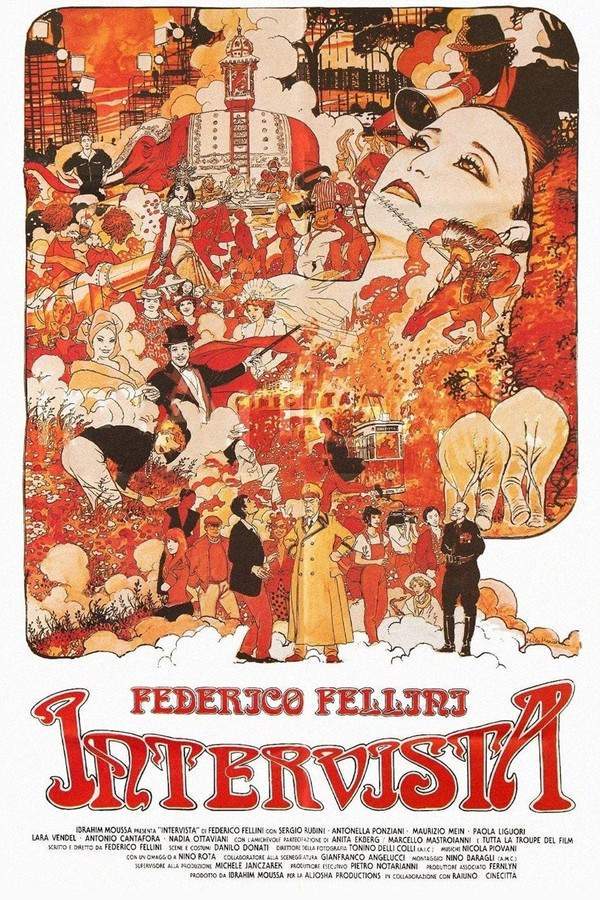
A celebrated filmmaker allows a Japanese documentary crew to follow him as he reflects on his career and prepares for a new project. The resulting film is a playful exploration of memory and creativity, interweaving moments of nostalgia with fantastical sequences. The documentary offers a unique glimpse into the artist's process and the inspirations behind his iconic works, blurring the lines between his past and present.
Does Intervista have end credit scenes?
No!
Intervista does not have end credit scenes. You can leave when the credits roll.
Meet the Full Cast and Actors of Intervista
Explore the complete cast of Intervista, including both lead and supporting actors. Learn who plays each character, discover their past roles and achievements, and find out what makes this ensemble cast stand out in the world of film and television.
External Links and Streaming Options
Discover where to watch Intervista online, including streaming platforms, rental options, and official sources. Compare reviews, ratings, and in-depth movie information across sites like IMDb, Wikipedia, Rotten Tomatoes or Metacritic.
Ratings and Reviews for Intervista
See how Intervista is rated across major platforms like IMDb, Metacritic, and TMDb. Compare audience scores and critic reviews to understand where Intervista stands among top-rated movies in its genre.

83
Metascore
tbd
User Score


79%
TOMATOMETER

70%
User Score

7.0 /10
IMDb Rating
Take the Ultimate Intervista Movie Quiz
Challenge your knowledge of Intervista with this fun and interactive movie quiz. Test yourself on key plot points, iconic characters, hidden details, and memorable moments to see how well you really know the film.
Fellini's Intervista Quiz: Test your knowledge on Federico Fellini's introspective film 'Intervista' and its surreal journey through filmmaking.
Which director invites a Japanese TV crew into Cinecittà?
Federico Fellini
Sergio Rubini
Marcello Mastroianni
Anita Ekberg
Show hint
Full Plot Summary and Ending Explained for Intervista
Read the complete plot summary of Intervista, including all major events, twists, and the full ending explained in detail. Explore key characters, themes, hidden meanings, and everything you need to understand the story from beginning to end.
Interviewed by a Japanese television crew for a report on his latest film, Federico Fellini takes the audience on an intriguing journey behind the scenes at Cinecittà. As the crew prepares for a nighttime scene that Fellini describes as “the prisoner’s dream” — a moment where his hands seek a way out of a dark tunnel — he reflects on the challenges of his advancing age and weight, realizing that escaping simply by “flying away” is becoming increasingly tough. However, once he breaks free, he gazes down at Cinecittà from a remarkable height.
The following morning, Fellini joins the Japanese crew for a quick tour of the studios, where they encounter a series of outrageous television commercials in the making. During this tour, Fellini’s casting director presents him with four young actors intended to play the part of Karl Rossmann, the lead in his cinematic interpretation of Kafka’s Amerika. Fellini introduces the audience to the charming female custodian of Cinecittà, Nadia Ottaviani, who cleverly manages to evade the interview by retreating into the desolate backlot of Studio 5 to gather dandelions for herbal tea.
Meanwhile, Fellini’s assistant director, Maurizio Mein, is on site at the Casa del Passeggero, a formerly inexpensive hotel that has now transformed into a drugstore. Fellini desires to include this location in his film, as it recalls his first visit to Cinecittà as a journalist back in 1938, during the Fascist regime. As the past and present intertwine, Fellini interacts with his younger self, portrayed by Sergio Rubini. After the crew reconstructs the façade of the Casa del Passeggero at a different location in Rome, a fake tramway transports the young Fellini/Rubini from the American Wild West, populated by Indian warriors, to a stunning cliff overlooking a herd of wild elephants off the coast of Ethiopia. Upon arriving at Cinecittà, he embarks on an interview with the matinee idol, Katya — a character that pays homage to actress Greta Gonda, with whom he conducted his very first interview.
As the narrative unfolds, the boundaries between reality and filmmaking blur, plunging viewers into the chaotic world of two feature films run by domineering directors. However, this feeling is ephemeral; for the remainder of the film, Fellini and Maurizio Mein work tirelessly to assemble the perfect cast and set for the fictional adaptation of Amerika. This setup enables Fellini/Rubini to traverse time, experiencing the filmmaking process firsthand — from disgruntled actors who fell short in auditions, including Marcello Mastroianni in a TV commercial as Mandrake the Magician, to unsettling incidents like a bomb threat, and even a visit to Anita Ekberg’s home where she and Mastroianni reenact scenes from La Dolce Vita. The narrative culminates in bizarre screen tests featuring Kafka’s Brunelda, who finds herself in a bathtub surrounded by two young men. Just as chaos seems to ensue, a troublesome thunderstorm threatens the production of Amerika, culminating in a peculiar attack by faux Indians wielding television antennas like spears.
As the film wraps up back inside Studio 5 at Cinecittà, Fellini’s voice resonates with a melancholic reflection: > “So the movie should end here. Actually, it’s finished.” In a tongue-in-cheek response to dissatisfied producers regarding his somber conclusions, the Maestro illuminates their world with the hopeful glow of an arc lamp, presenting them with a soaring ray of sunshine.
Uncover the Details: Timeline, Characters, Themes, and Beyond!

Coming soon on iOS and Android
The Plot Explained Mobile App
From blockbusters to hidden gems — dive into movie stories anytime, anywhere. Save your favorites, discover plots faster, and never miss a twist again.
Sign up to be the first to know when we launch. Your email stays private — always.
Discover Film Music Concerts Near You – Live Orchestras Performing Iconic Movie Soundtracks
Immerse yourself in the magic of cinema with live orchestral performances of your favorite film scores. From sweeping Hollywood blockbusters and animated classics to epic fantasy soundtracks, our curated listings connect you to upcoming film music events worldwide.
Explore concert film screenings paired with full orchestra concerts, read detailed event information, and secure your tickets for unforgettable evenings celebrating legendary composers like John Williams, Hans Zimmer, and more.


Intervista Themes and Keywords
Discover the central themes, ideas, and keywords that define the movie’s story, tone, and message. Analyze the film’s deeper meanings, genre influences, and recurring concepts.

Unlock the World of Movies with Our Comprehensive Wiki
Dive into our Movie Wiki for in-depth film encyclopedia entries, including cast biographies, production trivia, plot synopses, behind-the-scenes facts, and thematic analyses. Whether you’re researching iconic directors, exploring genre histories, or discovering hidden easter eggs, our expertly curated movie database has everything you need to fuel your cinematic passion.

Similar Movies To Intervista You Should Know About
Browse a curated list of movies similar in genre, tone, characters, or story structure. Discover new titles like the one you're watching, perfect for fans of related plots, vibes, or cinematic styles.
Quick Links: Summary, Cast, Ratings, More

What's After the Movie?
Not sure whether to stay after the credits? Find out!
Explore Our Movie Platform
New Movie Releases (2025)
Famous Movie Actors
Top Film Production Studios
Movie Plot Summaries & Endings
Major Movie Awards & Winners
Best Concert Films & Music Documentaries
Movie Collections and Curated Lists
© 2025 What's After the Movie. All rights reserved.



